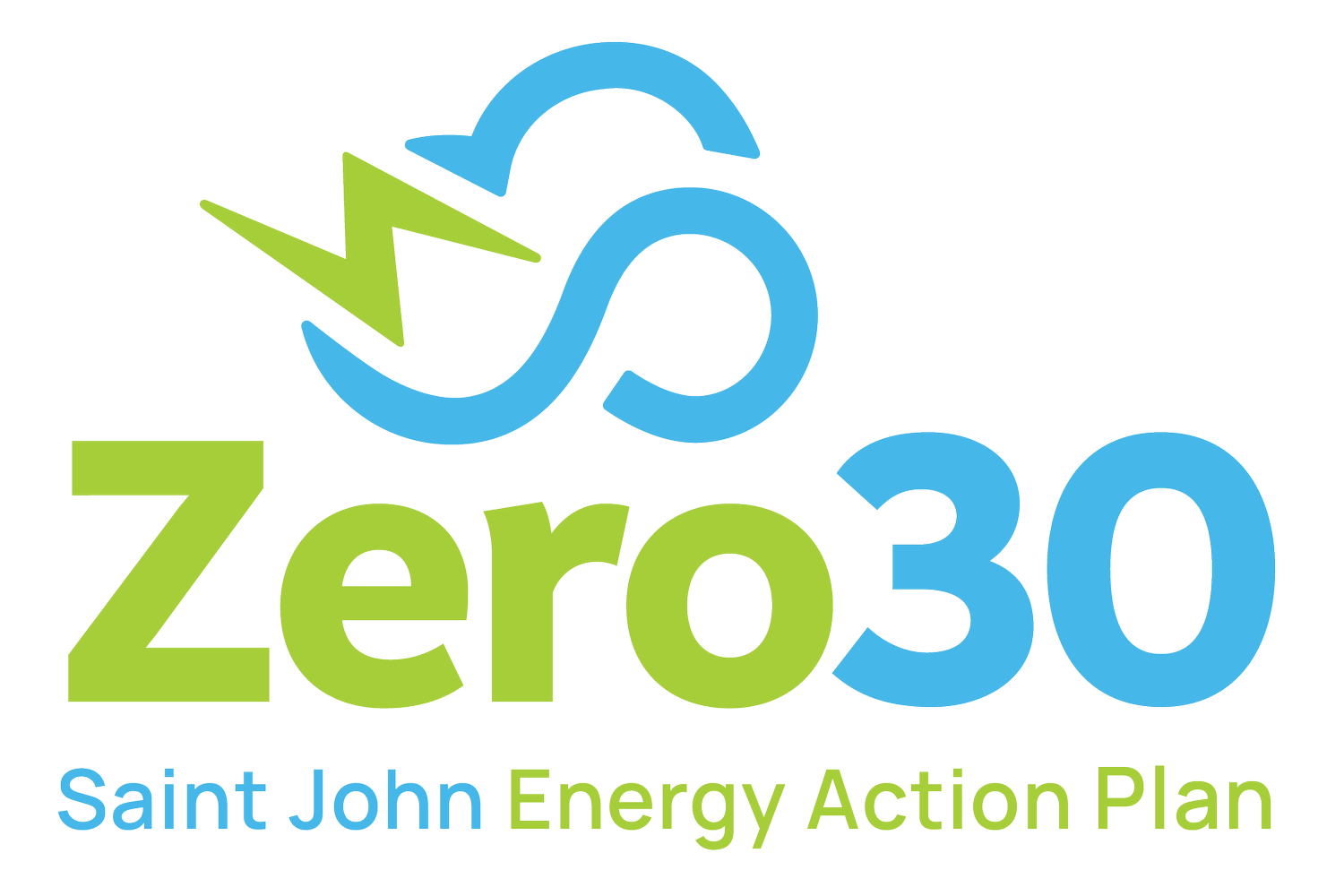What are the Smart Energy Resources that will be used?
Smart Energy Resources are the embedded energy assets which will be integrated into the Saint John Energy’s distribution system. They consist of the following:
The installation of a 1,000 kW grid-connected dispatchable battery storage device
The battery device will be specified with 1,000 kW of discharge capability. The utility-scale batteries will be strategically connected at one of SJE’s thirteen substations that will be ideally suited to smooth future renewable generation.
The integration and dispatch control of 2,000 kW of existing standby generators (2 locations)
The City of Saint John currently maintains a fleet of standby generators that need to run routinely in order to maintain proper operating reliability. Two of the City’s generators will be interconnected to the distribution system to allow the Utility to call on the generators at key times once per month as an embedded resource providing output directly to the grid. The intent is that the generators will run no more frequently than current levels that are required for maintenance and reliability.
The installation of 6,000 kW of controllable residential water heaters (quantity of 2000)
The controllable heaters will enable the Utility to leverage machine learning to determine the extent of pre-heating the stored water in advance of peak periods on a residential deployment to ensure the water heaters are not operating during peak times as well as to delay the reheating of water to a non-peak time. This component is inspired by the findings from the NRCan study “Designing, Operating, and Simulating Electric Water Heater Populations for the Smart Grid.
The installation of 202 kW of controllable residential mini-split heat pumps (quantity 200)
The heat pumps will be equipped with controllable thermostats as well as network-enabled applications to enable the Utility to control the heat pump settings, and to pre-heat or pre-cool residential spaces in advance of peak periods to manage load on the Utility system.
The installation of 125 kW of dispatchable heat pumps with thermal storage (quantity 50)
The systems include an installed heat pump connected to a thermal energy storage bank that can use off-peak power to store energy and then utilize the stored energy for space heating during peak times.
The installation of 500 kW of residential baseboard heater controllers
Approximately 200 controllers will be retrofitted onto customers’ existing electric heaters. The controllers will allow the Utility to adjust heating cycles and manage loads on the system.
The installation of 28 kW of residential battery storage devices
Four new battery systems will be installed into existing residences. The systems will communicate with the Smart Control Center and will provide valuable information about residential loads; the Utility will be able to shift power demand within the residences to provide a contribution to smoothing the Utility load.
The installation of 12 kW of electric vehicle charging stations with smart charger
Four new smart chargers will be installed into existing residences who currently use electric vehicles. The smart chargers will communicate with the Smart Control Center and will provide valuable information about charging loads and time of use. The Utility will also be able to adjust charging schedules of the smart chargers.
The connection of 6 kW of existing solar generation panels to the smart grid network
The panels are owned by SJE and were grid connected in March 2018. The configuration of the panels model the most common residential, commercial, and utility scale (fixed vs. dual axis) deployments. The data from each panel will be imported into the Integrated System manager to support system modeling.

